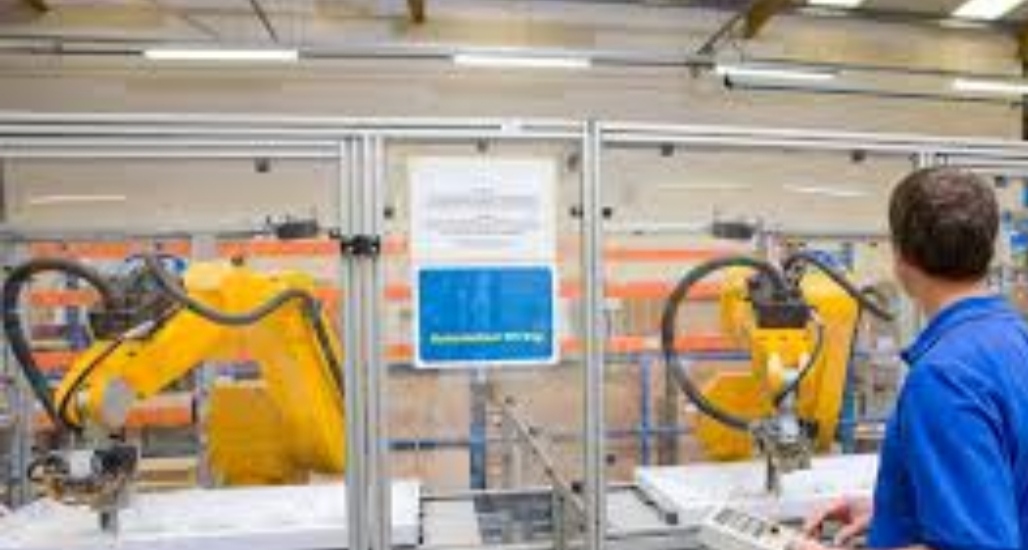The changes in net occupational growth or decline imply that a very large number of people may need to shift occupational categories and learn new skills in the years ahead. The shift could be on a scale not seen since the transition of the labor force out of agriculture in the early 1900s in the United States and Europe, and more recently in in China.
Seventy-five million to 375 million may need to switch occupational categories and learn new skills.
We estimate that between 400 million and 800 million individuals could be displaced by automation and need to find new jobs by 2030 around the world, based on our midpoint and earliest (that is, the most rapid) automation adoption scenarios. New jobs will be available, based on our scenarios of future labor demand and the net impact of automation, as described in the next section.
However, people will need to find their way into these jobs. Of the total displaced, 75 million to 375 million may need to switch occupational categories and learn new skills, under our midpoint and earliest automation adoption scenarios; under our trendline adoption scenario, however, this number would be very small—less than 10 million (Exhibit 1).
In absolute terms, China faces the largest number of workers needing to switch occupations—up to 100 million if automation is adopted rapidly, or 12 percent of the 2030 workforce. While that may seem like a large number, it is relatively small compared with the tens of millions of Chinese who have moved out of agriculture in the past 25 years.
For advanced economies, the share of the workforce that may need to learn new skills and find work in new occupations is much higher: up to one-third of the 2030 workforce in the United States and Germany, and nearly half in Japan.




